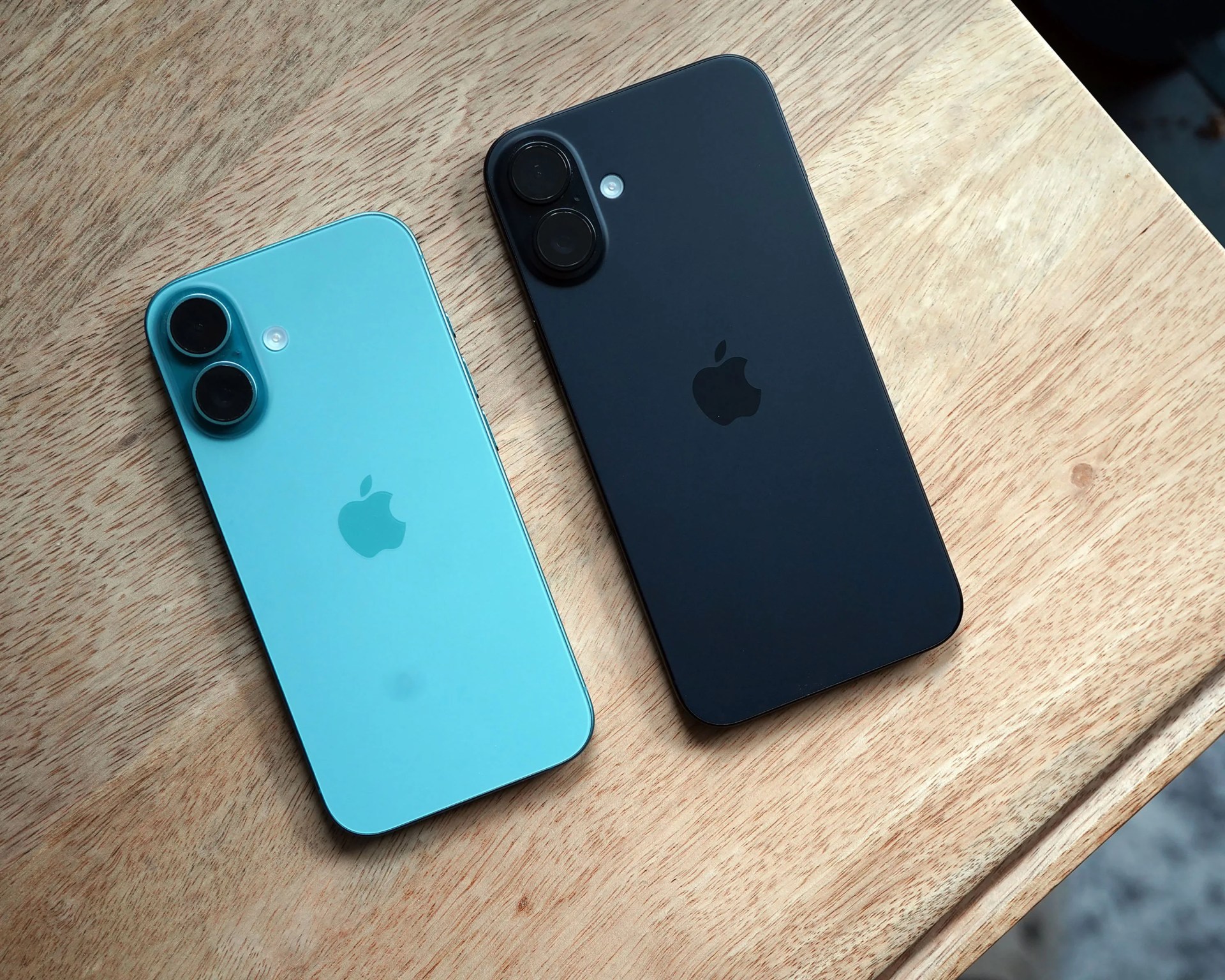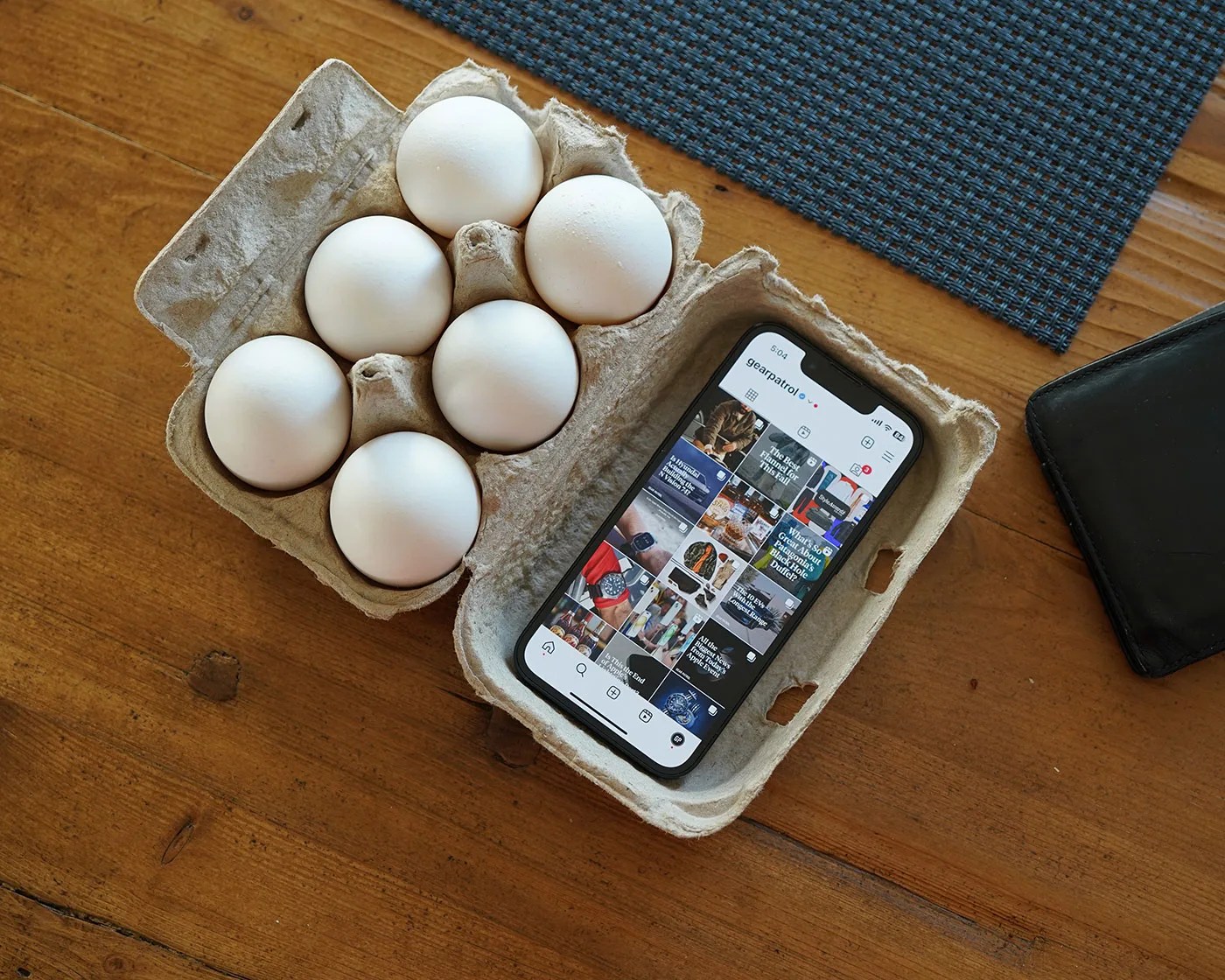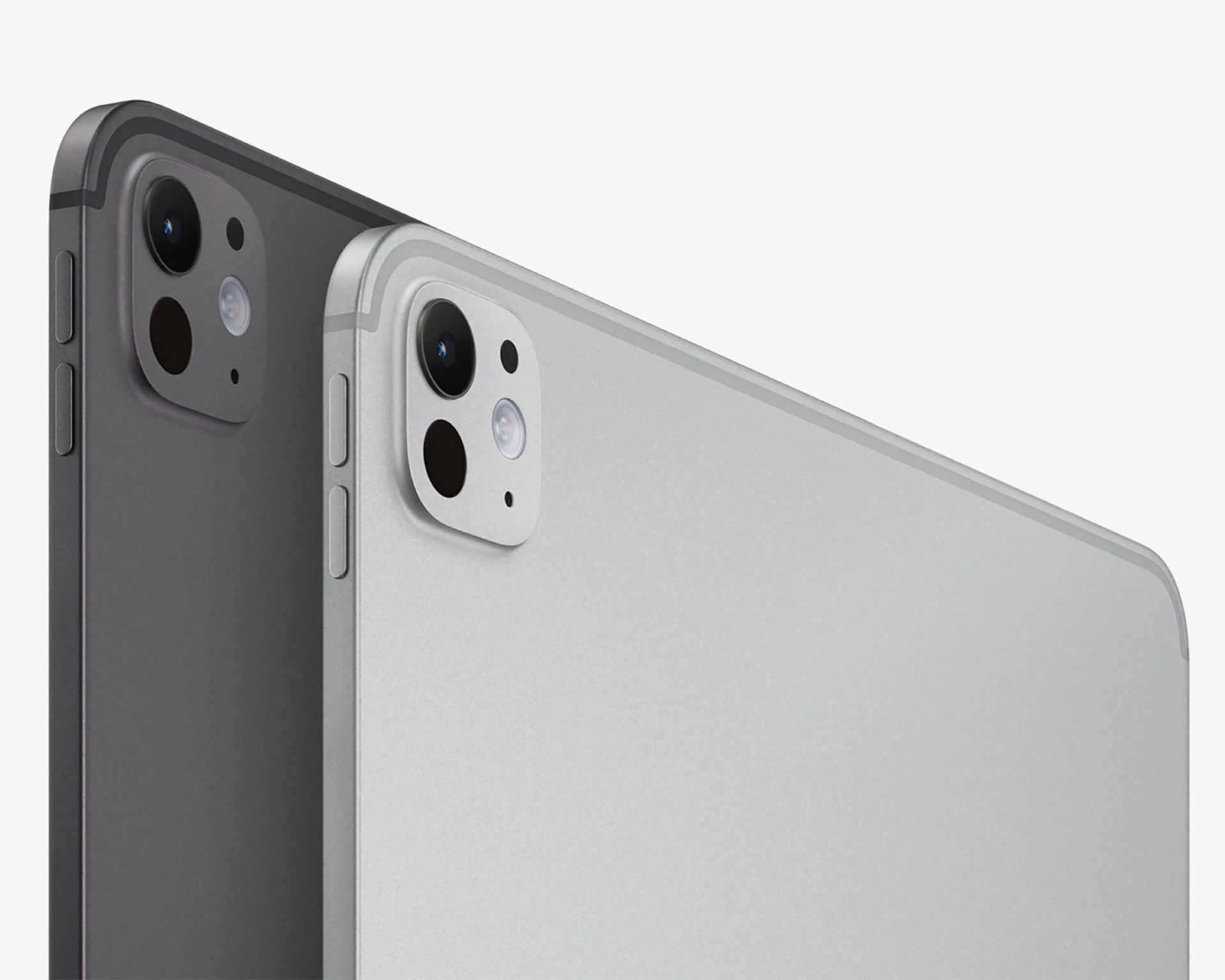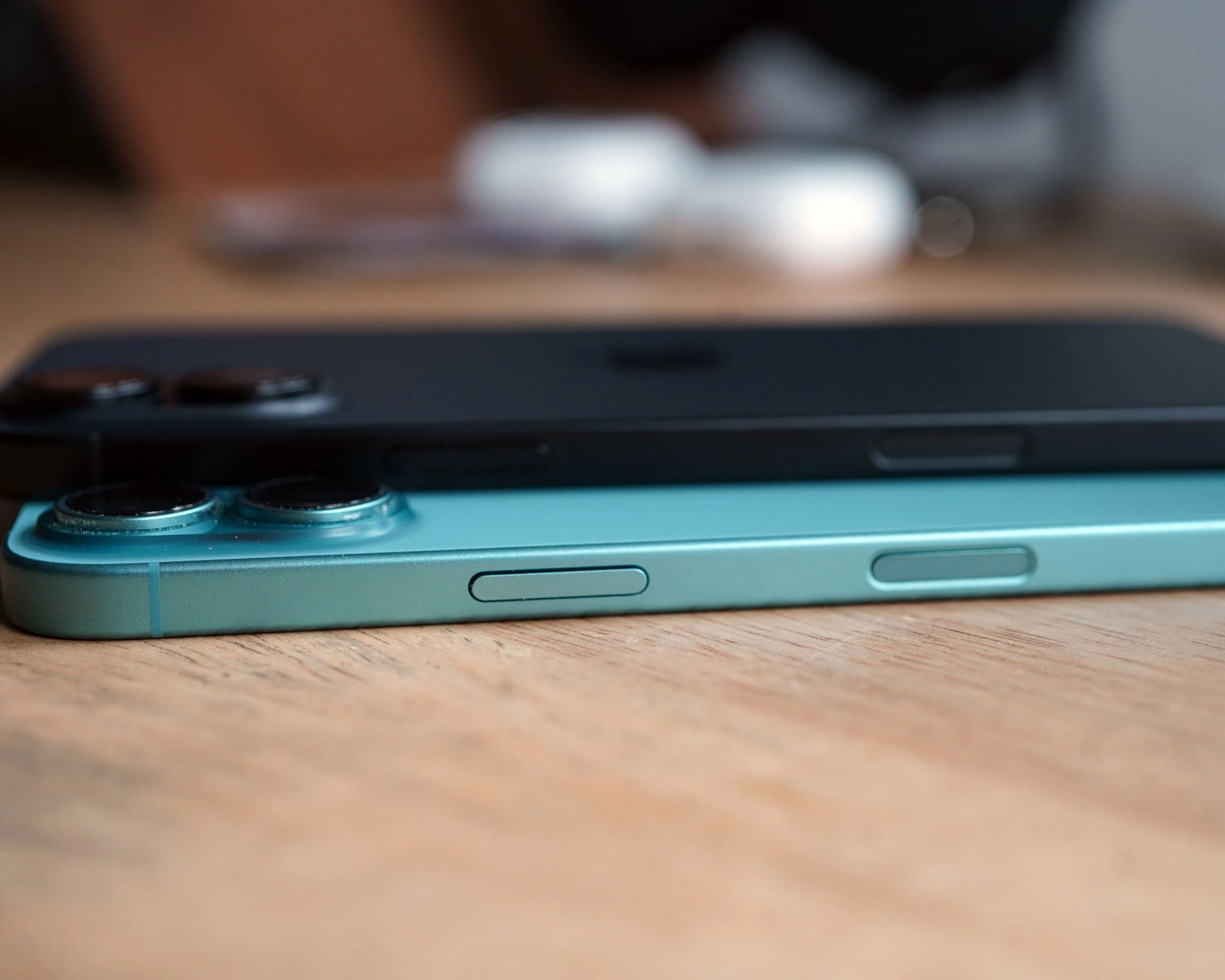Apple seemingly gave up on the “small iPhone” when it didn’t release an iPhone 14 mini and, as of last year, discontinued its Mini line entirely.
While Apple isn’t expected to revive its miniature iPhone anytime soon, the next batch of models will likely introduce a drastically redesigned one that scratches an inch that the iPhone mini left behind.
If the rumors hold out, it’ll be one of Apple’s smallest iPhone ever — but “small” in a different kind of way.
Come up for “air”

As usual, Apple is expected to release four new iPhones this fall. But instead of the iPhone 17 Plus, its more affordable big-screen smartphone, Apple could release what many behind the scenes are calling the “iPhone 17 Air.” If it pans out, it promises to have the most radical redesign of any iPhone in years.
According to multiple reports, the iPhone 17 Air is expected to have an ultrathin design with a thickness of just 5.5mm (or 0.22 inches). That makes it substantially thinner than the current iPhone 16, which has a thickness of 7.80mm (or 0.31 inches).







